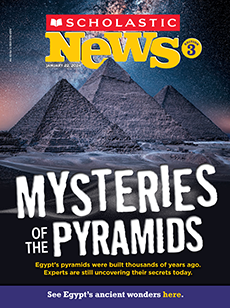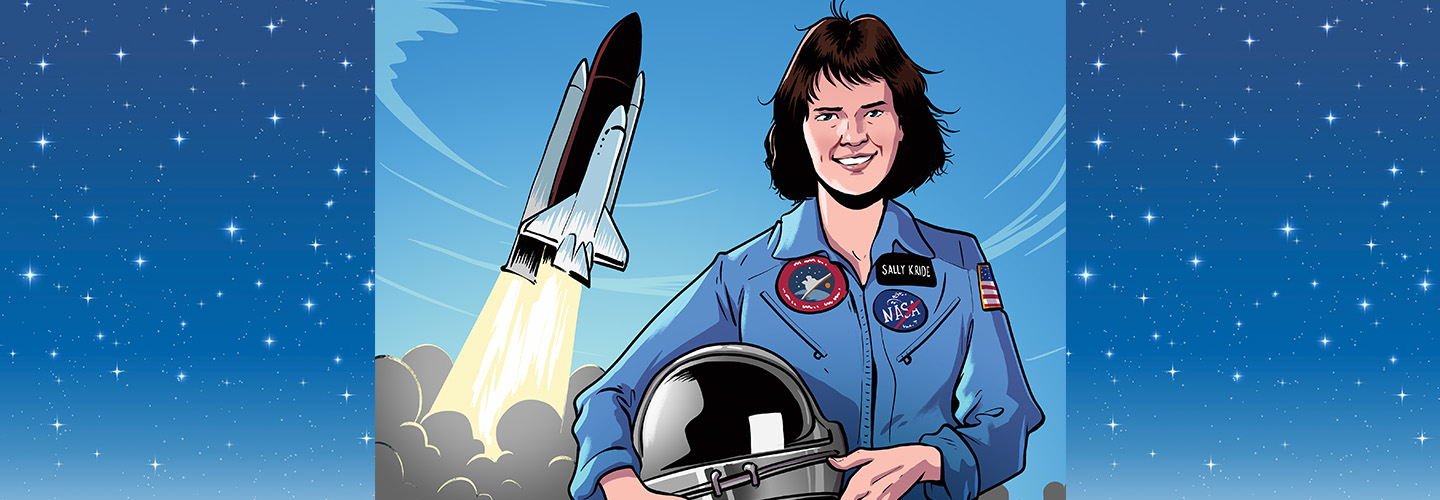In 1982, NASA announced Ride would be the first U.S. female astronaut. She would travel on a space shuttle. That reusable vehicle was attached to a rocket. It carried astronauts to space.
Reporters asked Ride questions they didn’t ask men. They wanted to know if she would bring makeup to space.
But Ride didn’t get angry. She focused on her job aboard the space shuttle. She ran experiments and launched a satellite before returning to Earth.
Since Ride’s first voyage, more than 50 other American women have become astronauts. Ride, who died in 2012, was proud to lead the way.
“You need to have that first person walk through the door before other people can follow them,” Ride told Scholastic News in 2008.

